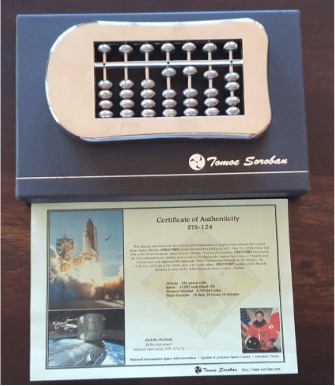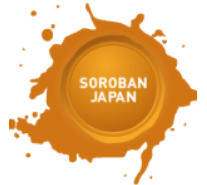History of the Abacus
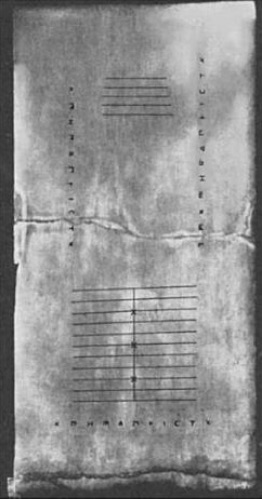
The Salamis Line Abacus
The Salamis Line Abacus which is preserved in in the Athens museum With time, the dust abacus developed into a ruled board on which pebbles or counters were placed on lines somewhat like checkers on a backgammon board.
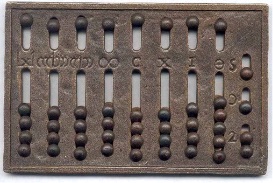
The ancient Roman Grooved abacus:
The ancient Roman Grooved abacus: Several grooves were carved into the board along which counters were moved up and down. One counter was laid in each of the upper grooves, while four in each of the lower grooves.
A quick historical trail
An early abacus- related calculation system in the form of a board covered with dust and find sand was used by the Mesopotamians. The sand was divided into lines and each line represented a different numerical position.
In China, the abacus came into common use during the Ming Dynasty. A book written by Wu Ching-Hsin-Min in 1450 gives descriptions of the abacus. A large number of books published towards the end of the Ming Dynasty attest to the fact that the abacus had come into popular use. The abacus then had two counters above the bar and five below. This type of abacus is still being used in China today.
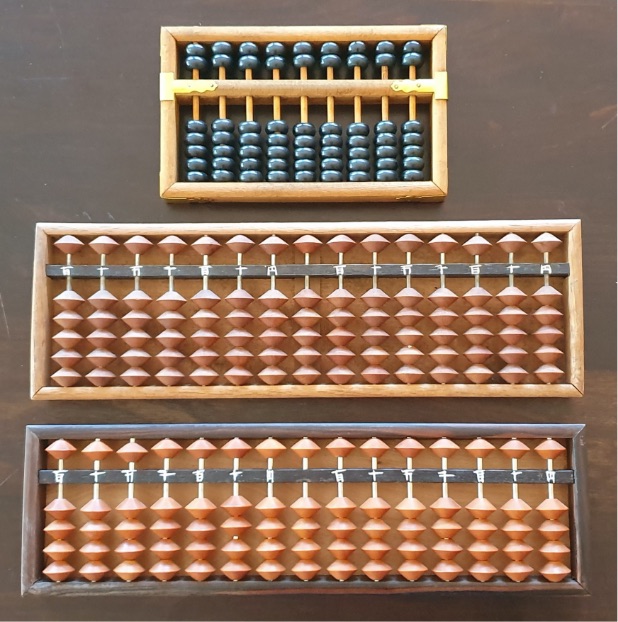
An early abacus- related calculation system in the form of a board covered with dust and find sand was used by the Mesopotamians. The sand was divided into lines and each line represented a different numerical position.


A man-hole cover with a soroban design
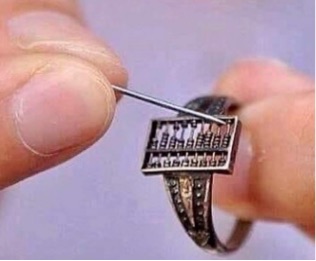
An ancient soroban-ring dating centuries ago
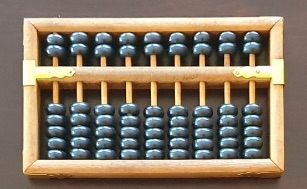
In China it is called the Suan- Pan. It was first chronicled circa 1200 C.E. in China. The device was made of wood with metal re-enforcements. On each rod, the classic Chinese abacus has 2 beads on the upper deck and 5 on the lower deck.
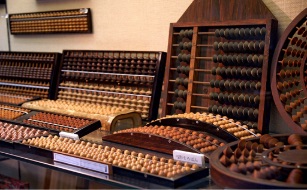
In Japan it is known as a soroban (算盤, そろばん, counting tray). It is derived from the ancient Chinese suanpan, imported to Japan in the 14th century. Like the suanpan, the soroban is still used today. In fact, the Japanese are so creative that they create works of art with these beads – similar to Legos !!!
The Japanese soroban evolved from here…


To here…and more…
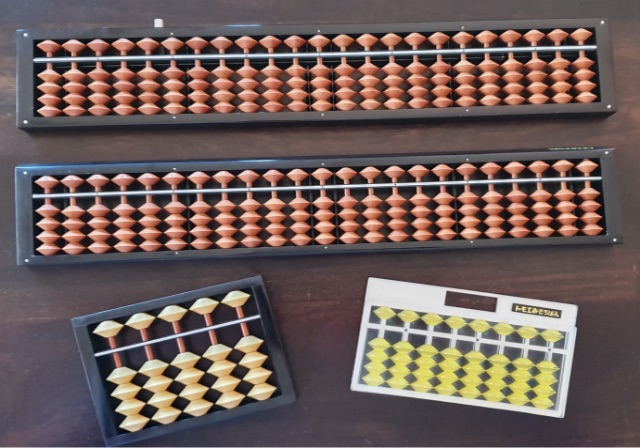
Today, the soroban education is no longer compulsory in Japan. The soroban changed again and was replaced with one five-unit counter and four one-unit counters on each rod. It is the standard for international use today.
Modern day has many apps in which Anzan skills can be honed.
Some fun facts


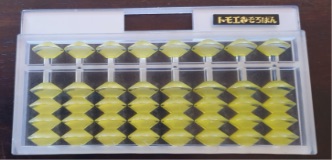
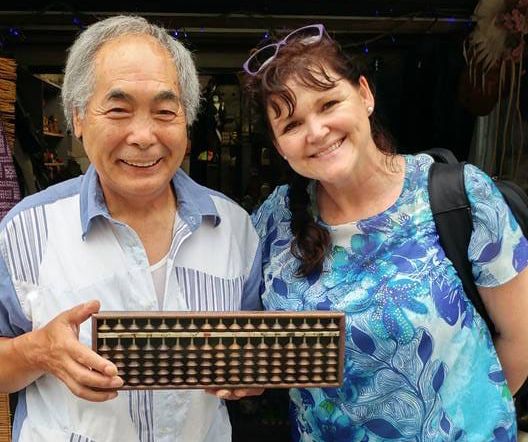
Visit Ono city, in Hyogo, in Japan…
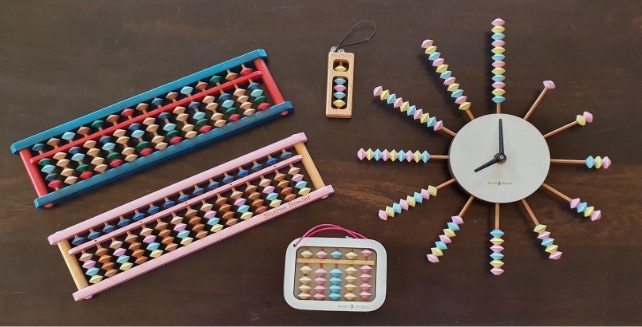
Here you will get an opportunity to design and string your own soroban. There are many other “bead” products on sale too!
Watch how a soroban is made: View on YouTube
The Soroban has been into space... True Fact!
A replica of the soroban that did the space travel was gifted to us in 2015 by Tomoe Soroban
